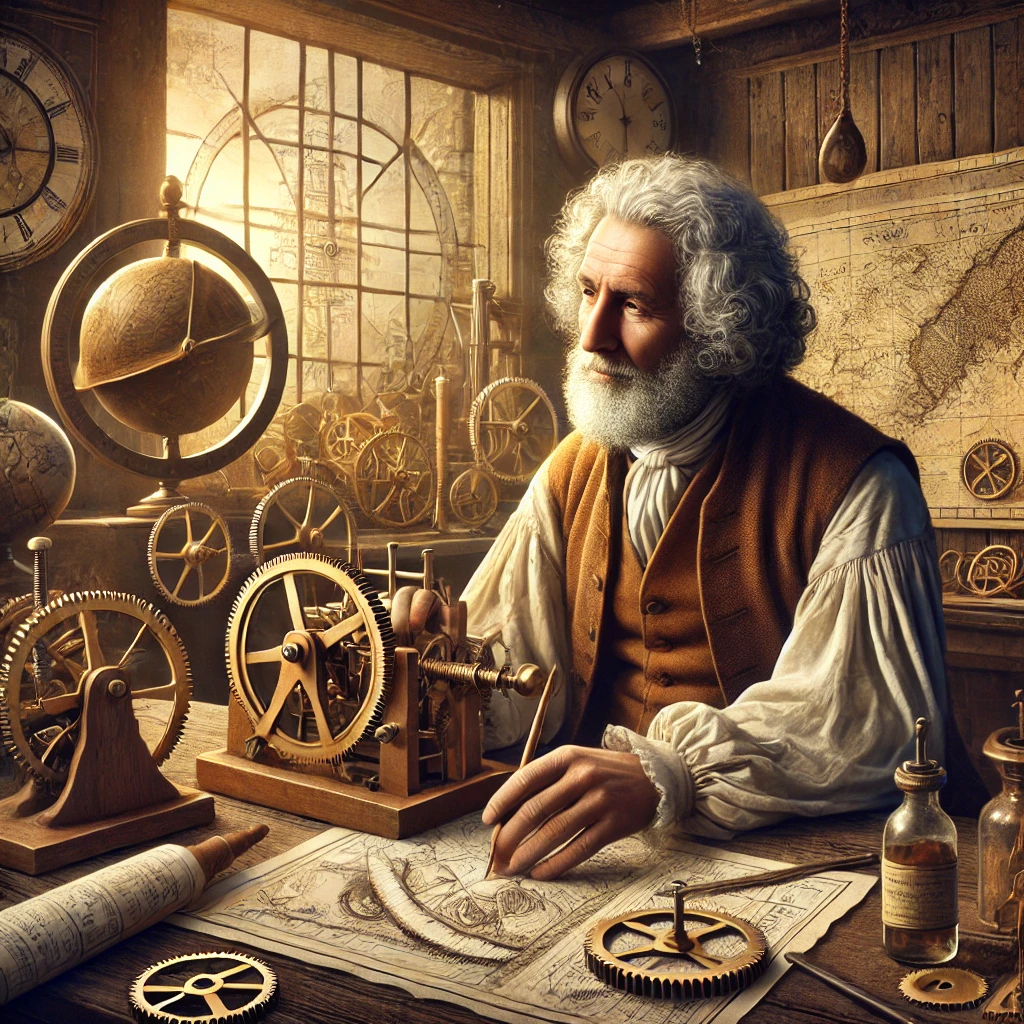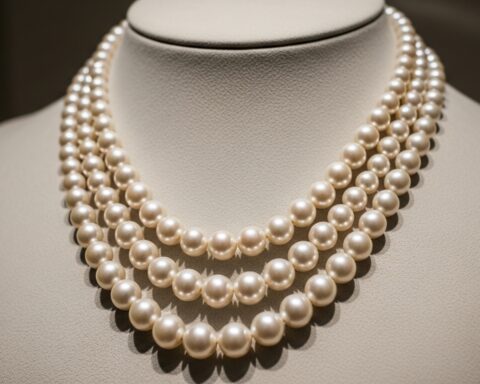Before the advent of GPS and satellite navigation, finding one’s way across the vast expanse of the ocean was a perilous endeavor. Sailors relied on celestial navigation, a method that required accurate timekeeping to determine longitude. Enter John Harrison, a self-taught clockmaker from a humble background, who revolutionized maritime navigation with his invention of the marine chronometer.
A Humble Beginning, an Extraordinary Mind
Born in Foulby, Yorkshire, England, in 1693, John Harrison displayed a keen interest in mechanics from a young age. He was largely self-educated, learning the craft of carpentry from his father and later delving into the intricacies of clockmaking. His early work focused on improving the accuracy of pendulum clocks, tackling the challenges of temperature variations and friction.
Harrison’s relentless pursuit of precision led him to tackle one of the most pressing scientific challenges of his time: the longitude problem. Determining longitude at sea was crucial for safe navigation, but existing methods were unreliable, leading to countless shipwrecks and loss of life.
The Longitude Prize and Harrison’s Quest
In 1714, the British Parliament established the Longitude Prize, offering a substantial reward to anyone who could devise a method for accurately determining longitude at sea. This challenge sparked Harrison’s ambition, setting him on a lifelong quest to conquer the longitude problem.
Harrison’s approach was to create a clock that could keep accurate time at sea, unaffected by the motion of the ship and the variations in temperature and humidity. This was no easy feat, as the rocking of the ship and the corrosive effects of salt air posed significant challenges to traditional clockmaking techniques.
A Series of Groundbreaking Inventions
Over several decades, Harrison produced a series of groundbreaking timekeepers, each more refined and accurate than its predecessor:
- H1 (1735): This large, intricate clock, constructed primarily of wood, demonstrated Harrison’s innovative approach to minimizing friction and temperature variations.
- H2 (1739): Building upon the H1, Harrison incorporated new features to improve stability and accuracy, including a bimetallic strip to compensate for temperature changes.
- H3 (1759): This masterpiece of horological engineering featured a cylindrical balance spring and a novel escapement mechanism, further enhancing the clock’s performance.
- H4 (1761): A radical departure from his earlier designs, the H4 was a compact, portable timekeeper that resembled a large pocket watch. This revolutionary design proved to be the key to solving the longitude problem.
Trials and Triumphs
Harrison’s marine chronometers underwent rigorous testing on sea voyages, demonstrating their remarkable accuracy and resilience. However, despite his groundbreaking achievements, Harrison faced resistance from the scientific establishment, who favored astronomical methods for determining longitude.
After years of perseverance and advocacy, Harrison finally received recognition for his work. In 1773, at the age of 80, he was awarded the majority of the Longitude Prize, a testament to his ingenuity and dedication.
A Legacy of Precision and Innovation
John Harrison’s legacy extends far beyond the realm of maritime navigation. His inventions paved the way for the development of accurate and portable timekeepers, transforming the world of horology and influencing generations of clockmakers. His relentless pursuit of precision, his innovative spirit, and his unwavering dedication to solving the longitude problem make him a true icon in the history of science and technology.
Today, Harrison’s marine chronometers are treasured artifacts, displayed in museums and collections around the world. They serve as a reminder of the ingenuity and perseverance of a self-taught clockmaker who conquered one of the greatest challenges of his time.




